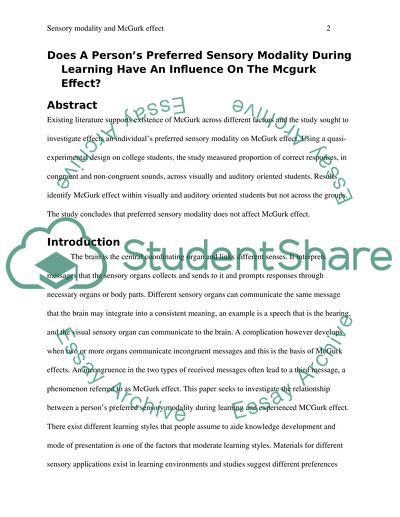Cite this document
(“Does a person's preferred sensory modality during learning have an Research Paper”, n.d.)
Retrieved from https://studentshare.org/psychology/1487889-does-a-personyies-preferred-sensory-modality
Retrieved from https://studentshare.org/psychology/1487889-does-a-personyies-preferred-sensory-modality
(Does a person'S Preferred Sensory Modality During Learning Have an Research Paper)
https://studentshare.org/psychology/1487889-does-a-personyies-preferred-sensory-modality.
https://studentshare.org/psychology/1487889-does-a-personyies-preferred-sensory-modality.
“Does a person'S Preferred Sensory Modality During Learning Have an Research Paper”, n.d. https://studentshare.org/psychology/1487889-does-a-personyies-preferred-sensory-modality.


